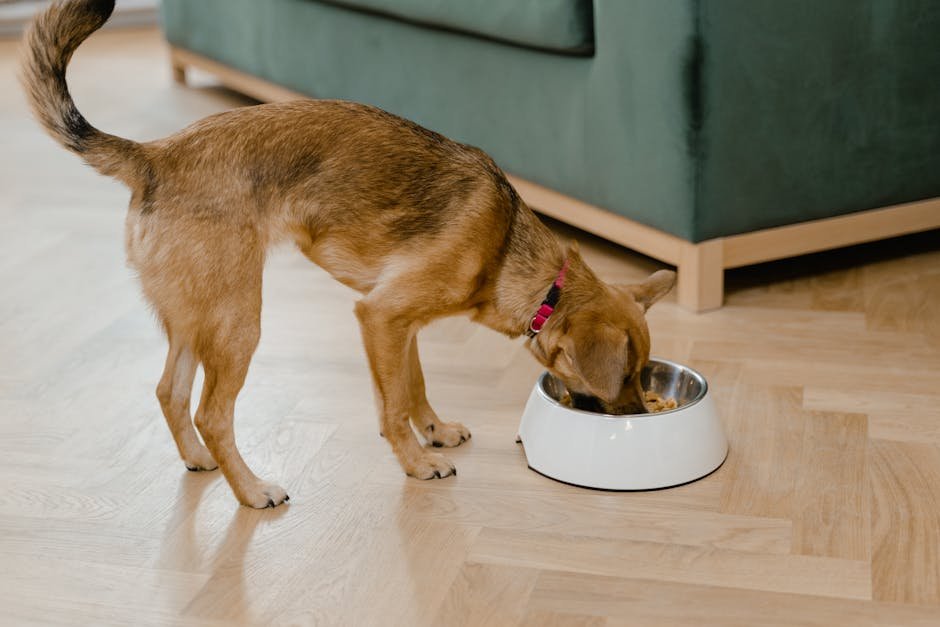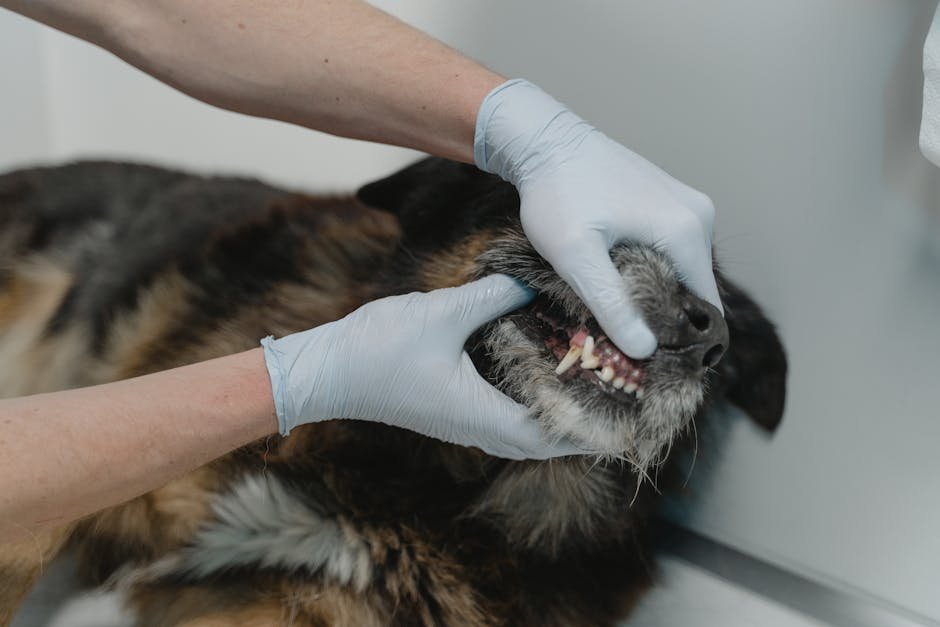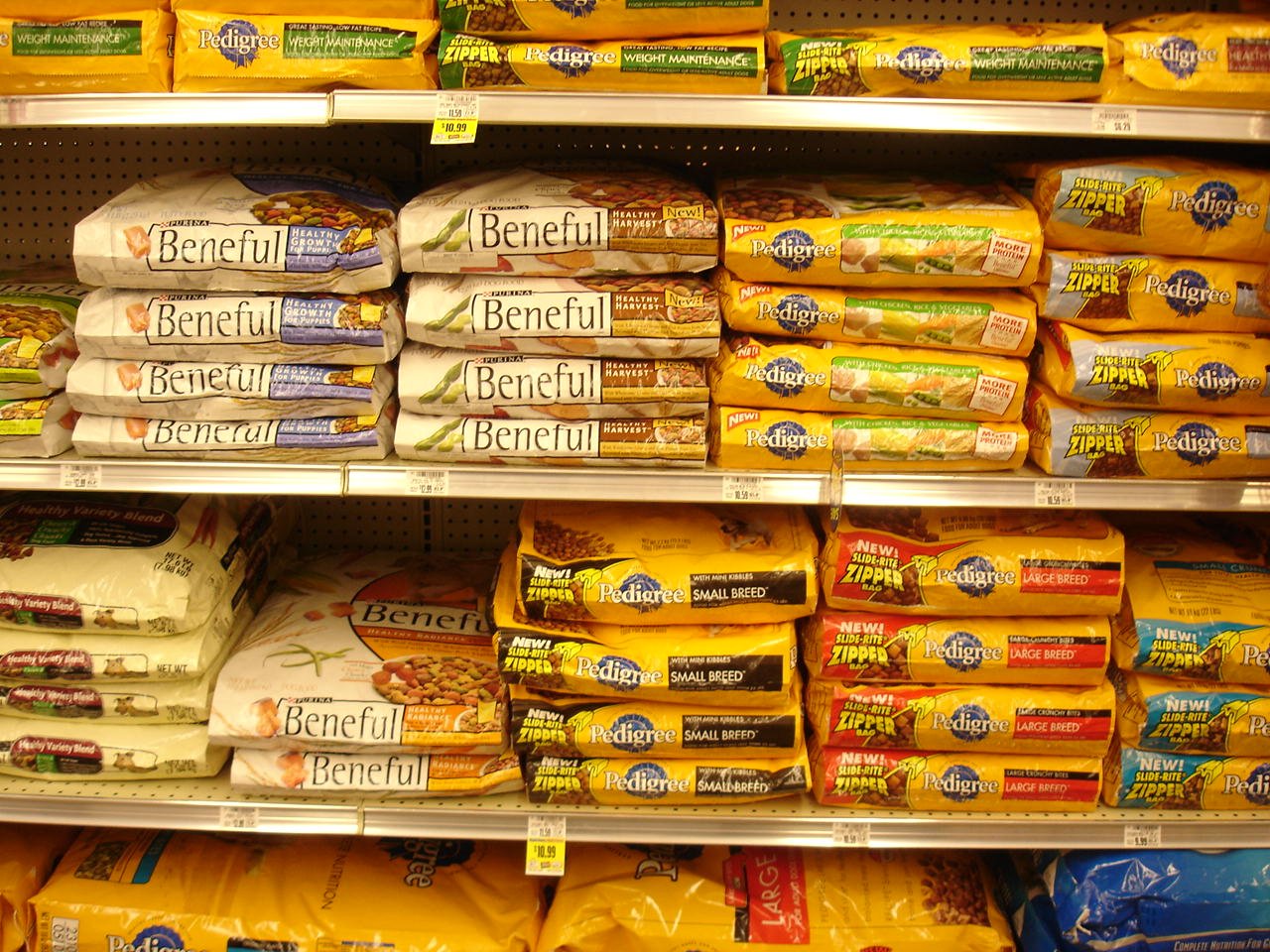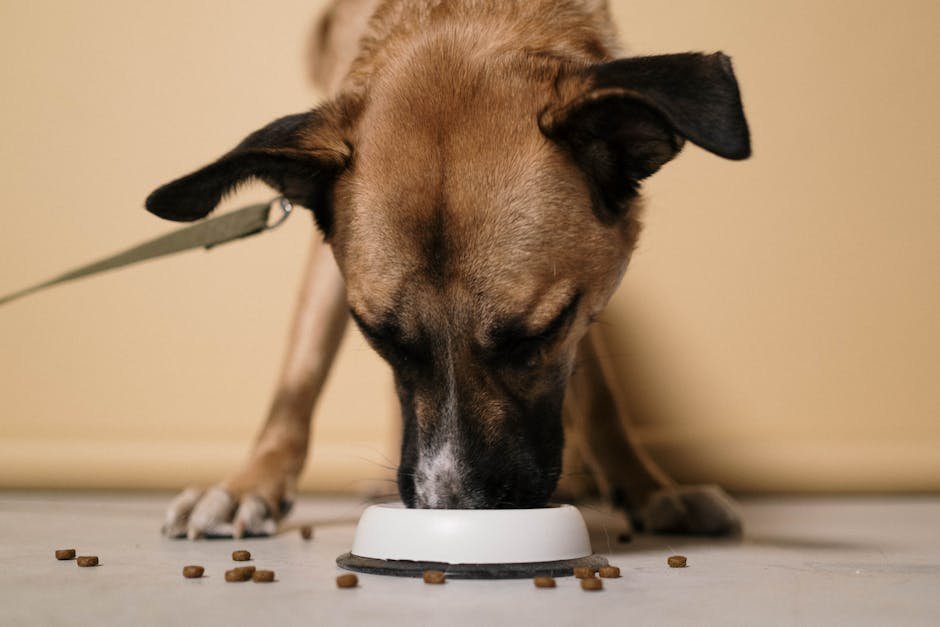When it comes to feeding our furry companions, the choices can be as overwhelming as choosing a meal plan for yourself. The debate between raw feeding and kibble is a heated one, sparking discussions among veterinarians, pet owners, and nutritionists alike. As dog lovers, we all want what’s best for our pups, and understanding the benefits and drawbacks of each option is crucial. Let’s dive into the world of dog diets and see if raw feeding truly holds the key to your dog’s happiness.
The Basics of Raw Feeding
Raw feeding, also known as the BARF diet (Biologically Appropriate Raw Food), consists of uncooked meat, bones, fruits, and vegetables. The premise is to mimic what dogs would naturally eat in the wild. Advocates believe that raw feeding is more natural and can lead to a healthier coat, cleaner teeth, and improved energy levels in dogs. However, preparing raw meals requires careful planning to ensure a balanced diet, which can be time-consuming and costly.
Understanding Kibble
Kibble, the dry food option, is a convenient choice for many pet owners. It’s easy to store, measure, and serve. Kibble is typically formulated to meet the nutritional needs of dogs, containing a mix of protein, carbohydrates, fats, vitamins, and minerals. While kibble can be economical and less messy, critics argue that it may contain artificial ingredients and preservatives that could affect a dog’s health in the long run.
Nutritional Considerations

Ensuring a balanced diet is essential, whether you choose raw feeding or kibble. Dogs need a mix of proteins, fats, carbohydrates, vitamins, and minerals to thrive. Raw diets can be rich in protein and healthy fats, but they might lack certain nutrients if not planned properly. On the other hand, kibble is designed to be nutritionally complete, but the quality of ingredients can vary significantly. It’s important to read labels and consult with a veterinarian to make the best choice for your pet.
Digestive Health: Raw vs. Kibble
The digestive health of your dog is paramount. Proponents of raw feeding argue that raw diets are easier on a dog’s digestive system and can lead to firmer stools and less gas. The natural enzymes in raw food might aid in digestion, reducing the risk of gastrointestinal issues. Kibble, however, can be harder to digest due to its processed nature. Some dogs may experience bloating or diarrhea if they have sensitive stomachs.
Impact on Dental Health

Dental health is another area where raw feeding enthusiasts claim superiority. Chewing on raw bones can help scrape away plaque and tartar, promoting healthier teeth and gums. Kibble, in contrast, does not provide the same mechanical cleaning action. However, some specially formulated dental kibbles are designed to help with oral hygiene. Regular dental check-ups and cleanings are crucial, regardless of the diet you choose.
Cost and Convenience

For many pet owners, cost and convenience play a significant role in their decision. Raw feeding can be expensive, especially if you opt for high-quality meats and organic produce. It also requires storage space for fresh ingredients and time for meal preparation. Kibble, being shelf-stable, is generally more affordable and convenient for busy lifestyles. Weighing the costs and benefits of each option is essential for making an informed choice.
Allergies and Sensitivities

Dogs, like humans, can suffer from food allergies and sensitivities. Raw diets can be tailored to avoid specific allergens, potentially reducing symptoms like itching, ear infections, and gastrointestinal issues. On the other hand, kibble may contain common allergens such as grains or certain proteins. It’s crucial to identify any dietary sensitivities your dog may have and adjust their diet accordingly to ensure their comfort and happiness.
Activity Levels and Energy

The energy and activity levels of your dog can be influenced by their diet. A raw diet, rich in natural proteins and fats, might lead to increased energy and stamina, which is beneficial for active breeds. Kibble can also provide energy, but the quality of the ingredients can affect how your dog performs. Monitoring your dog’s activity level and adjusting their diet as needed can help maintain their vitality.
Safety and Hygiene Concerns
Safety and hygiene are critical considerations, especially with raw feeding. Raw meat can harbor harmful bacteria like salmonella or E. coli, posing risks to both dogs and humans. Proper handling, storage, and sanitation practices are essential to minimize these risks. Kibble, being cooked at high temperatures, typically has fewer bacteria concerns, but it’s still important to store it properly to prevent spoilage or contamination.
Making the Right Choice for Your Dog

Ultimately, the decision between raw feeding and kibble depends on various factors, including your dog’s specific needs, your lifestyle, and budget. Consulting with a veterinarian can provide valuable insights and help tailor a diet plan that suits your furry friend’s health and happiness. Whether you opt for raw, kibble, or a combination of both, the most important thing is ensuring your dog receives the nutrition and care they deserve.
When it comes to raw feeding versus kibble, there’s no one-size-fits-all answer—what matters most is your dog’s health, happiness, and nutritional needs. Both diets have their pros and cons, so finding the right balance depends on your lifestyle and what works best for your pup. No matter what you choose, a well-fed, thriving dog is always the ultimate goal!

Born and bred in South Africa, a Capetonian at heart. Amy-Leigh’s love for nature and animals was inherited from her Dad. He loves taking the family on road trips to experience nature at its finest; Amy-Leigh’s favourite being whale watching in Hermanus and spotting Kudu along the West Coast. Amy-Leigh holds a BA in English Literature and Communication Studies.





